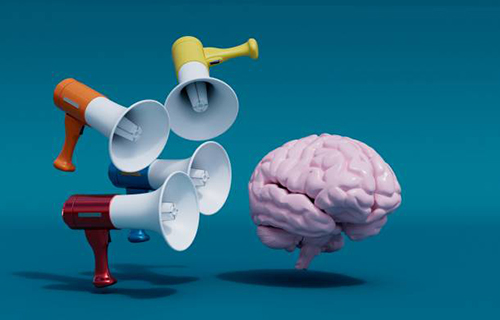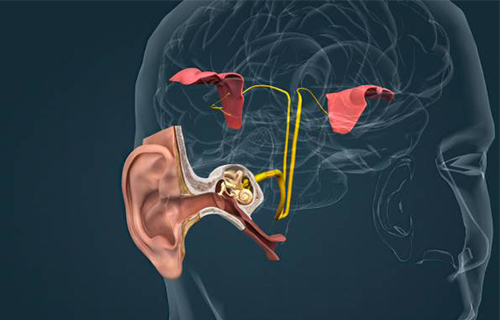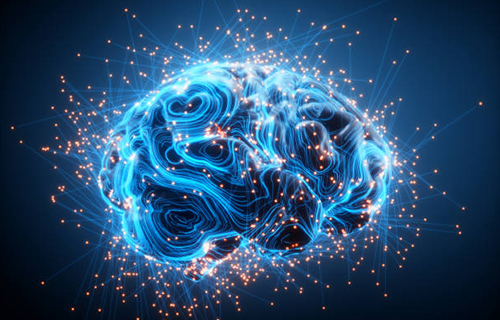
Recognizing one voice in a noisy crowd can be difficult for us. But the human brain does this unconsciously. This action is not done for the brain by human will and order. Our focus determines which voice to analyze in the crowd. Receiving sounds in a group is no different from each other. In the experiments conducted by Professor Edmund Lalor with his colleagues, it was observed that the reception of sounds is similar; the difference is in their analysis and evaluation. Continuing this Neuroscience Network article, we want to do this exciting brain function assessment.
Why is it important to evaluate one voice in a noisy crowd?

We have all experienced that we can hear one voice among all the noise in a speech. We can see this by listening to a sound and concentrating on getting its meaning at parties and celebrations. For example, you are at a weekend party, and several people are talking. In the meantime, you want to understand the sound of one of them. The brain can entirely focus on only one of the available sounds.
Various studies have proven that the need to increase awareness about the human auditory sense can be beneficial for further research. In the survey before diagnosing one voice in a noisy crowd, Professor Edmund Lalor had taken significant steps to advance science in medicine. This research, published as an article, determines how the brain can recognize a sound in the crowd.
This research can be used to treat some diseases. For example, in treating conditions such as trisomy 21, or patients who are paralyzed, the results of this research can be used.
Different accents are understood by the brain while speaking. This understanding of accents may make it harder for the brain to recognize one voice in a noisy crowd. But the human brain can choose the one it wants among several different dialects or languages.
How did Professor Edmund Lalor conduct these experiments?

In these studies, participants were asked to listen to two stories. But it is essential that they fully understand the meaning of a story. The commands determined by the EEG recording show that the reception of voices and voice messages is the same from both sides of the story. We divide linguistic units into smaller units called “phonemes.” This allows us to analyze the received sounds one by one.
John Foxe, Ph.D., one of the authors of this paper, can use the EEG tape to determine if the brain wants to recognize one voice in a noisy crowd.
Considering that receiving messages from the environment is the same, the important thing is the signals that the brain creates for each unit of sound. These signals ultimately determine which is more important. So receiving the sound is the same, but the message the human brain gives to analyze the sound is different. This difference determines which sounds are more important.
Lalor colleagues in this research

In this research, Professor Edmund Lalor had many colleagues from different countries. Colleagues in this research who have worked with Professor Lalor:
- James O’Sullivan
- Alan Power of Trinity College
- Nima Mesgarani of University of California, San Francisco
- Siddharth Rajaram
- Barbara Shinn-Cunningham of Boston University, Malcolm Slaney of Google Research
- Shihab Shamma of the University of Maryland
Each of these authors has been able to play an essential role in completing the writing of this article. Due to his excellent cooperation in the past years, this research was conducted.
Conclusion
In this article from the articles of the Neuroscience Network, we investigated the detection of one voice in a noisy crowd. We said that Professor Lalor designed experiments with his colleagues to detect the mechanism of brain function while listening to several sounds. These experiments determine how the brain can distinguish one voice from other with the different signals it gives to analyze voice messages. You can interact with us in the comments section (just below) for your questions regarding this article.

